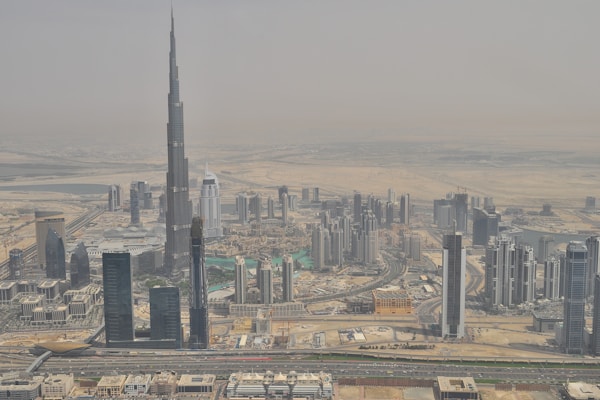
In the outer rim of the galaxy, where the Empire’s grip is felt most harshly, lies Ferrix—a world built on salvage, scrap, and the stubborn determination of its inhabitants to survive. This industrial planet, with its maze of scrapyards and recycling facilities, represents something unique in the Star Wars universe: a working-class community that refuses to be broken by Imperial oppression.
The Culture of Salvage
Ferrix’s entire economy is built around taking what others have discarded and finding new purpose for it. This philosophy extends far beyond mere economics—it’s a way of life that shapes how the people of Ferrix view themselves and their place in the galaxy.
The inhabitants of Ferrix are masters of improvisation, capable of turning Imperial scrap into tools, weapons, and even hope. Their ability to see potential in what others consider worthless mirrors their own resilience in the face of Imperial rule. They’ve been discarded by the galaxy’s elite, but they’ve found ways to make themselves indispensable.
Community as Resistance
What makes Ferrix particularly dangerous to the Empire is its strong sense of community. Unlike the individualistic cultures of the Core Worlds or the tribal societies of the Outer Rim, Ferrix has developed a collective identity based on mutual support and shared struggle.
The town’s funeral traditions, with their elaborate ceremonies and communal grieving, represent more than just cultural practice—they’re acts of defiance against an Empire that would prefer its subjects to remain isolated and afraid. When the people of Ferrix come together to mourn, they’re also coming together to remember who they are and what they’re fighting for.
The Underground Network
Ferrix’s complex infrastructure of tunnels, hidden passages, and interconnected buildings creates a natural environment for clandestine activities. The same routes used to transport salvage can be used to move rebels, weapons, and information. The industrial noise that fills the air provides perfect cover for secret meetings and covert operations.
This physical infrastructure mirrors the social networks that bind the community together. Everyone knows everyone, information travels quickly, and outsiders are easily identified. For the Empire, trying to control Ferrix is like trying to grasp smoke—the harder they squeeze, the more resistance slips through their fingers.
The Cost of Defiance
The Empire’s response to Ferrix’s defiance is swift and brutal. The crackdown we witness in the series demonstrates how the Empire deals with communities that refuse to submit quietly. Mass arrests, public executions, and the destruction of cultural landmarks are all part of the Imperial playbook for breaking rebellious populations.
But Ferrix’s response to this brutality reveals the true strength of its people. Rather than being cowed into submission, the community bands together, using their intimate knowledge of their world to resist Imperial control. The funeral of Maarva Andor becomes not just a memorial service but a declaration of war against the Empire.
The Symbol of Hope
Perhaps most importantly, Ferrix represents something that the Empire fears more than any Death Star or superweapon: the idea that ordinary people can resist. The planet’s working-class heroes—mechanics, salvagers, and small business owners—prove that you don’t need to be a Jedi or a senator to fight tyranny.
The people of Ferrix understand that their rebellion might not succeed, that they might all die in the attempt, but they also understand that some things are worth dying for. Their willingness to sacrifice everything for the chance at freedom becomes a beacon for other worlds suffering under Imperial rule.
Legacy of Resistance
By the end of the first season, Ferrix has paid a terrible price for its defiance. Many of its people are dead, its infrastructure is damaged, and its way of life has been forever changed. But the spirit of resistance that the planet represents lives on, carried forward by survivors like Cassian Andor who take their fight to the stars.
Ferrix reminds us that revolutions begin not in palaces or military academies, but in the hearts of ordinary people who decide they’ve had enough. It’s a testament to the power of community, the strength of working-class solidarity, and the idea that sometimes the most important battles are fought not for glory or power, but simply for the right to exist.
In a galaxy where the Empire seems all-powerful, Ferrix proves that sometimes the greatest weapon against tyranny is a community that refuses to be broken, no matter what the cost.